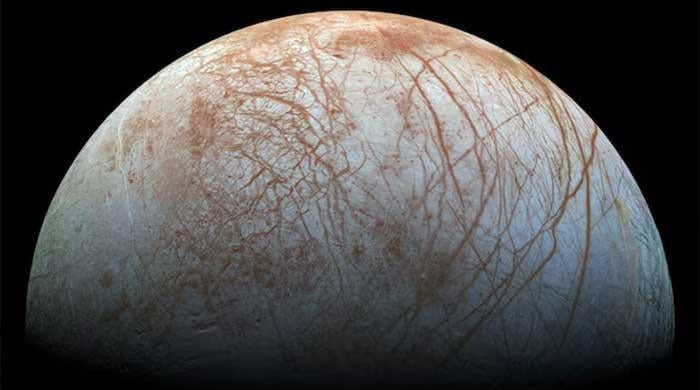Earth to have 25-hour days, but when? Study reveals day length changes over billions of years
Notably, the Earth's rotation fluctuates by approximately 6 milliseconds every two weeks
November 29, 2023

The length of a day on Earth has evolved over time, with dinosaurs experiencing a 23-hour day and a projected 25-hour day in 200 million years, according to a recent study at the Techincal University of Munich(TUM).
The duration of Earth's day is a seemingly straightforward concept but is intricately influenced by the planet's composition, causing variations in its rotation speed.
To unravel these subtle changes, scientists at the TUM have enhanced a precision instrument known as a "ring laser." This advancement enables the meticulous measurement of a day's length, offering insights beyond the occasional addition or subtraction of leap seconds.
The Geodetic Observatory Wettzell houses the intricate device, featuring a laser ring gyroscope and a 13.1-foot-wide "racetrack" within a pressurised chamber embedded 20 feet below ground.
This setup ensures that the lasers are solely affected by Earth's rotation nuances. By employing lasers and mirrors, the device captures rotational differences—greater variations in laser frequencies indicate faster Earth rotation.
For instance, at the equator, where the Earth covers 15 degrees per hour, TUM's ring laser records a frequency of 348.5 Hz, fluctuating by only 1 to 3 microhertz daily.
Despite the advanced technology, precise measurements pose inherent challenges. TUM acknowledges that exactness is achievable when the waveforms of the counter-propagating laser beams are nearly identical. However, the device's design introduces some asymmetry.
Over four years, geodesists have used a theoretical model to account for these systematic effects, enabling precise calculations over an extended period and eliminating them from measurements.
Implementing this corrective algorithm empowers TUM scientists to measure the Earth's day with precision up to nine decimal places, equating to a fraction of a millisecond per day.
Notably, the Earth's rotation fluctuates by approximately 6 milliseconds every two weeks. Over geological epochs, the length of a day has evolved, with dinosaurs experiencing a 23-hour day, 1.4 billion years ago witnessing an 18-hour and 41-minute day, and a projected 25-hour day in 200 million years.
This detailed understanding of Earth's rotational dynamics contributes to improved climate models and weather phenomenon comprehension.









